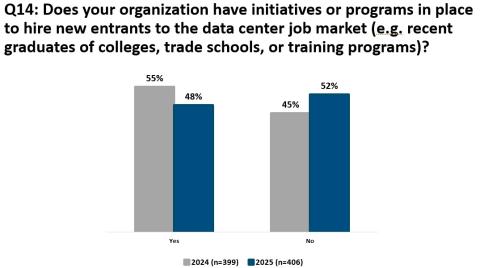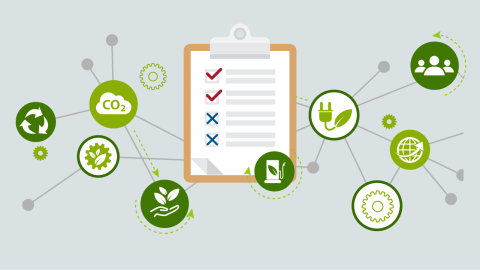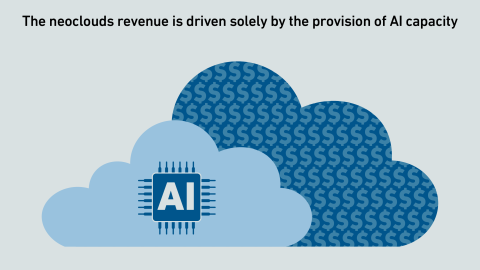The public wants to understand data center resource use and performance metrics. Data center operators need to propose a label format that shares appropriate performance metrics while protecting confidential information.
filters
Explore All Topics
As IT organizations embrace AI, data center facilities and colocation providers need to plan to deploy the supporting infrastructure - despite many uncertainties. Most, however, are still moving cautiously.
Staffing and retention issues continue to put pressure on the data center industry. Colocation and enterprise operators cite recruiting qualified staff as a top concern, according to the Uptime's Data Center Staffing and Recruitment Survey 2025.
Superconducting busbars could offer a solution for delivering power to high-density racks, eliminating resistive heating and removing the need to shift to medium voltage distribution equipment.
A major outage at AWS's Virginia region took many global organizations offline. What can enterprises do to reduce or negate the impact of such widespread outages?
Research into neuromorphic computing could lead to the creation of smaller, faster and more energy-efficient AI accelerators. This would have a transformative impact on digital infrastructure.
AI is changing how data centers operate, what began with algorithmic fine-tuning of chilled-water plants is now moving into the IT side of operations, closer to the load. But will operators ever trust AI enough to let it run the room?
Currently, the most straightforward way to support DLC loads in many data centers is to use existing air-cooling infrastructure combined with air-cooled CDUs.
This report analyzes facility-level PUE data from the Global Data Center Survey 2025, highlighting differences by region, facility size and age. It assesses the vulnerability of the industry to PUE minimum performance standards.
Large-scale AI training is an application of supercomputing. Supercomputing experts at the Yotta 2025 conference agree that operators need to optimize AI training efficiency and develop metrics to account for utilized power.
The US Cloud Act lets US authorities access cloud data stored overseas. Encryption offers protection only when keys are firmly controlled - creating challenges for enterprises but an opportunity for colocation providers.
Managing third-party risk effectively is challenging. But what if you could have a real-time understanding of your vendors' cybersecurity posture? In this webinar, we'll show you how to assess vendor cybersecurity capability to:Assess risk quickly…
Uptime Institute's 2025 Staffing and Recruitment Survey (n=864) focuses on increases in new data center hires and salary spending, as well as issues operators face in recruiting, hiring, and retaining data center facilities staff.The attached data…
Fewer people in the industry are talking about sustainability. But why has the collection of data also declined, when such data is often required by reporting regimes?
By raising debt, building data centers and using colos, neoclouds shield hyperscalers from the financial and technological shocks of the AI boom. They share in the upside if demand grows, but are burdened with stranded assets if it stalls.
 Jay Dietrich
Jay Dietrich

 Andy Lawrence
Andy Lawrence
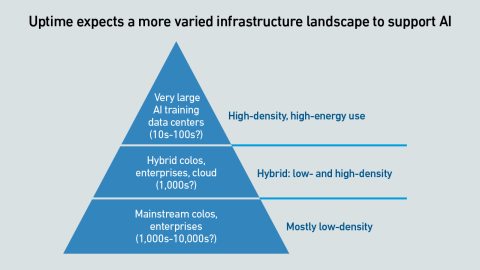
 Rose Weinschenk
Rose Weinschenk
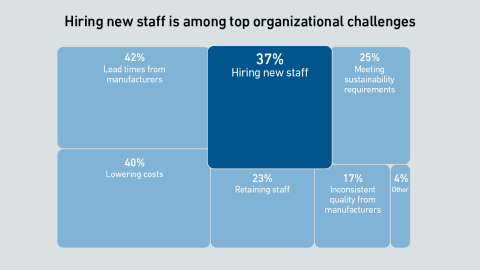
 Peter Judge
Peter Judge
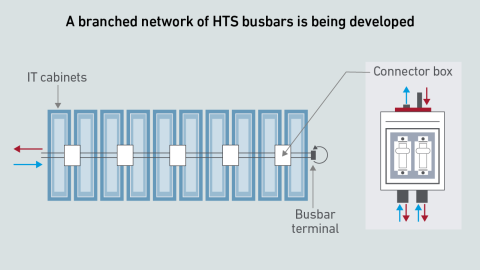
 Dr. Owen Rogers
Dr. Owen Rogers
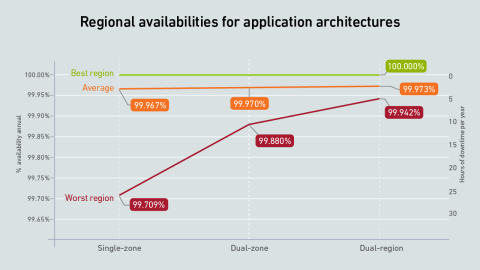
 Max Smolaks
Max Smolaks
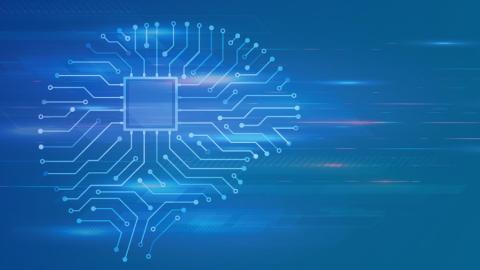
 Dr. Rand Talib
Dr. Rand Talib
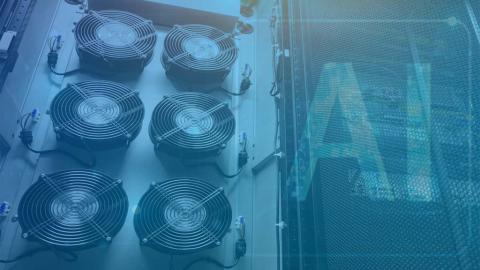
 Daniel Bizo
Daniel Bizo
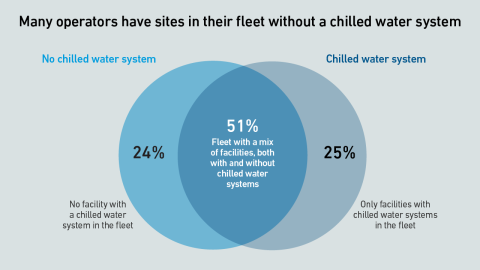
 Douglas Donnellan
Douglas Donnellan
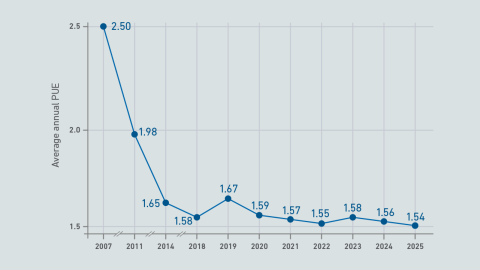
 Jacqueline Davis
Jacqueline Davis
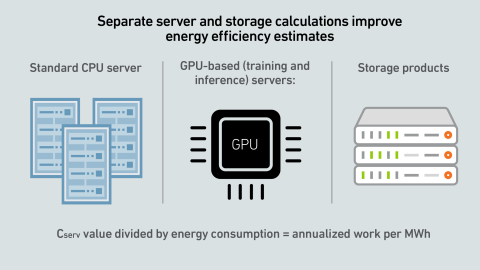

 Antonio Ramos
Antonio Ramos
 Lanre Rotimi
Lanre Rotimi
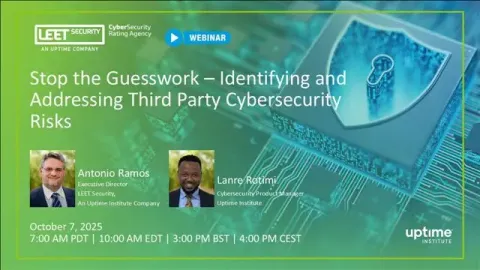
 Paul Carton
Paul Carton
 Anthony Sbarra
Anthony Sbarra
 Laurie Williams
Laurie Williams
